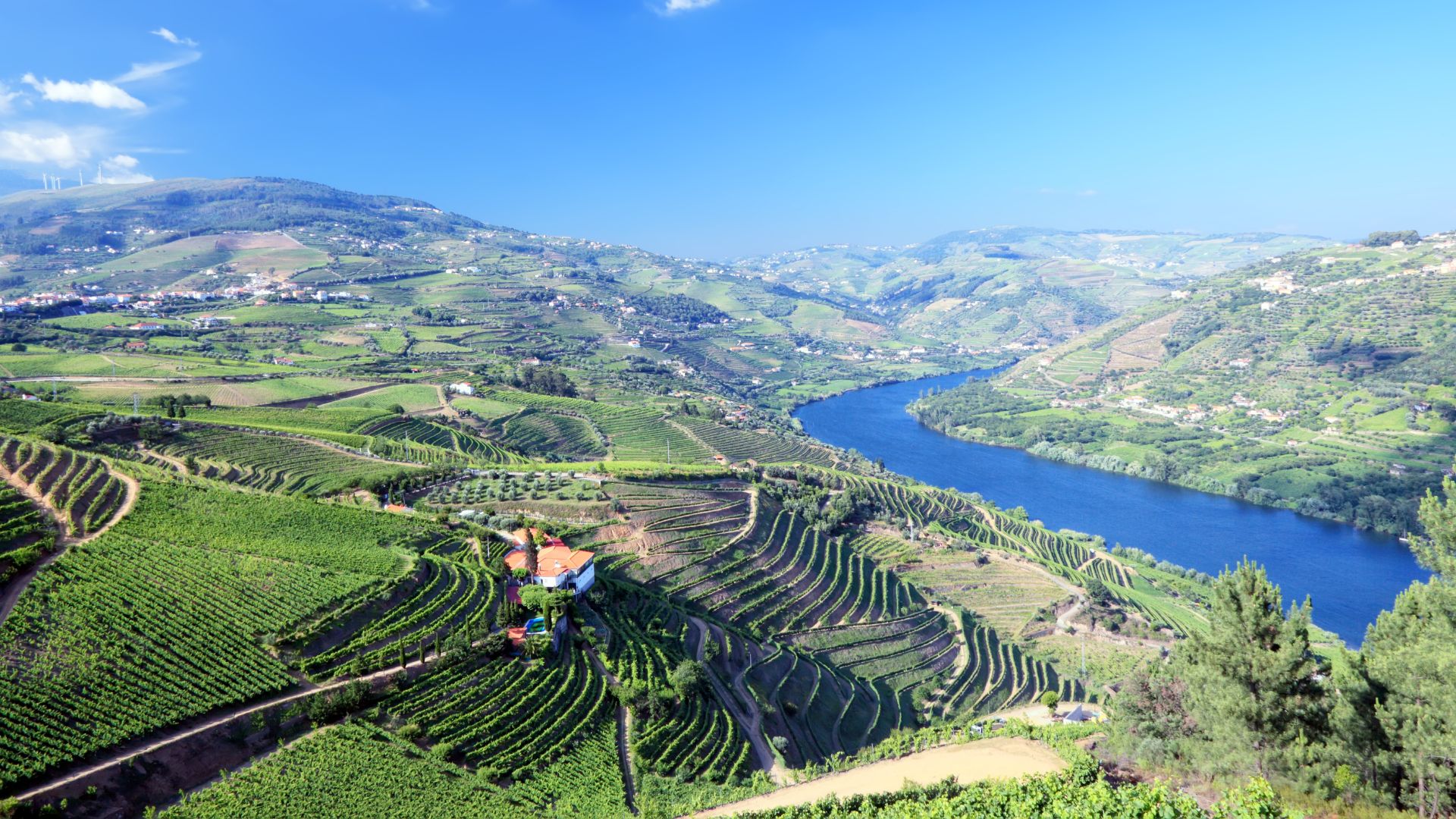From the cobbled streets of Porto to the lush, terraced slopes of the Douro Valley, Northern Portugal just pulls you in with its deep history and inviting charm.
Northern Portugal mixes ancient cities, rich wine traditions, and music that aches with emotion—it’s a travel experience you really can’t find anywhere else in the country.
Every day surprised me. One moment I’d be exploring medieval towns like Braga and Guimarães, then suddenly I’d find myself standing among vineyards that have shaped this region for centuries.
Tasting port wine straight from a local cellar, hearing soulful Fado echoing through the night, and meeting genuinely friendly people—these moments made the trip unforgettable.
Wandering through North Portugal, I learned about the region’s deep roots and the quiet beauty that weaves through its valleys and old cities.
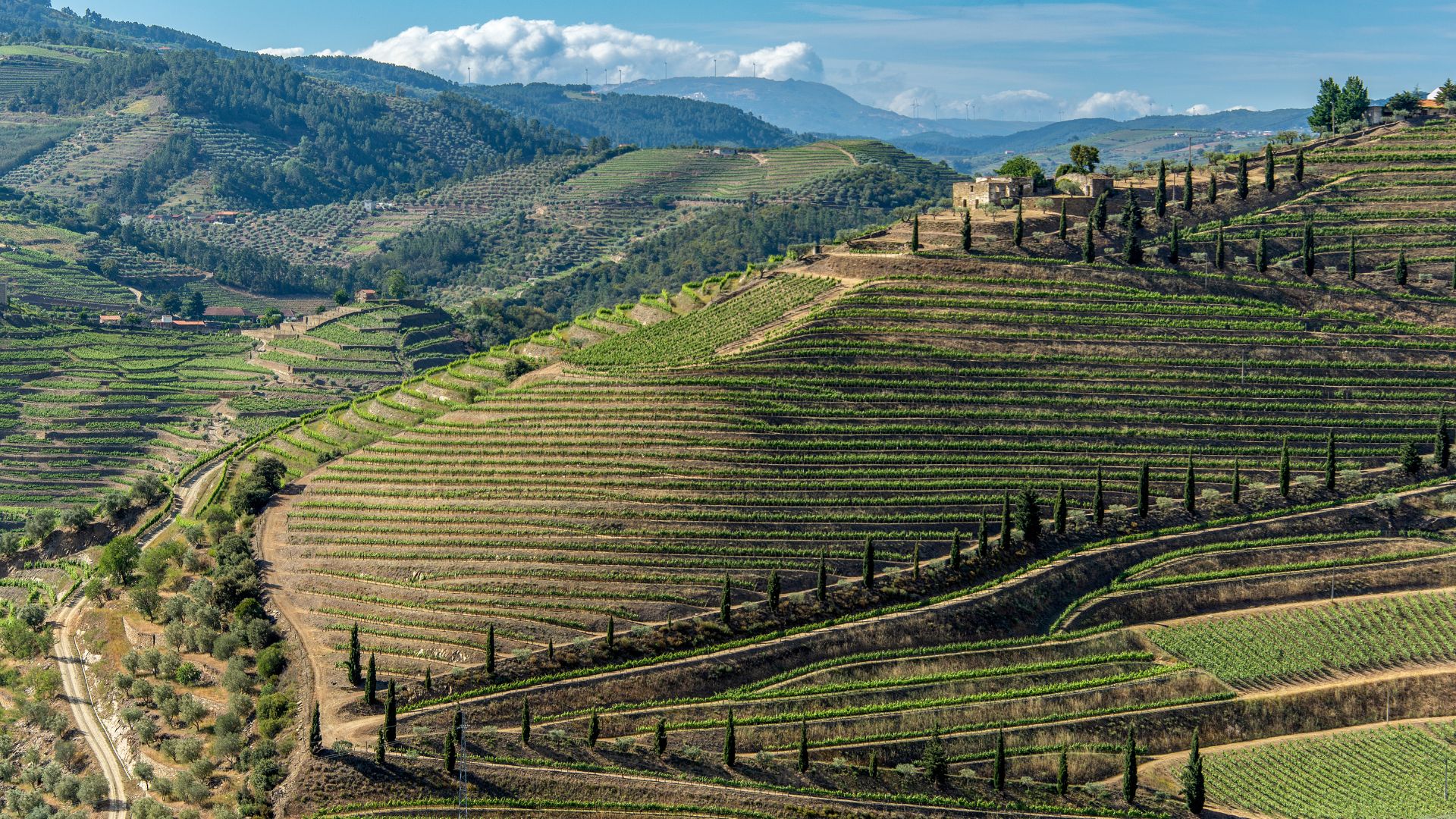
Discovering Ancient Roots: Historic Cities and Cultural Landmarks
Stone streets lined with centuries-old buildings, cathedrals echoing ancient prayers, and castles built to last through the ages—these are just a few of the wonders I found in North Portugal.
History here isn’t just in the past; it’s alive in the culture and people.
Porto: Where Heritage Meets the Present
Porto wowed me with how it blends the past and present.
I wandered along the old town’s narrow lanes, passing colorful azulejo tiles and the sturdy arches of Ribeira.
The Cathedral of Porto (Sé do Porto) stands on a hill, offering sweeping views of the city and Douro River.
Inside, the cathedral’s mix of Romanesque, Gothic, and Baroque styles made me feel like I was walking through centuries.
Crossing the iconic Dom Luís I Bridge became a highlight. Every evening, city lights danced on the river, reminding me of Porto’s long trading history.
I stumbled into hidden bookstores and traditional shops tucked along busy streets. Porto’s old-world charm lives right alongside a creative, lively energy—a city that’s proud of its roots but not stuck in the past.
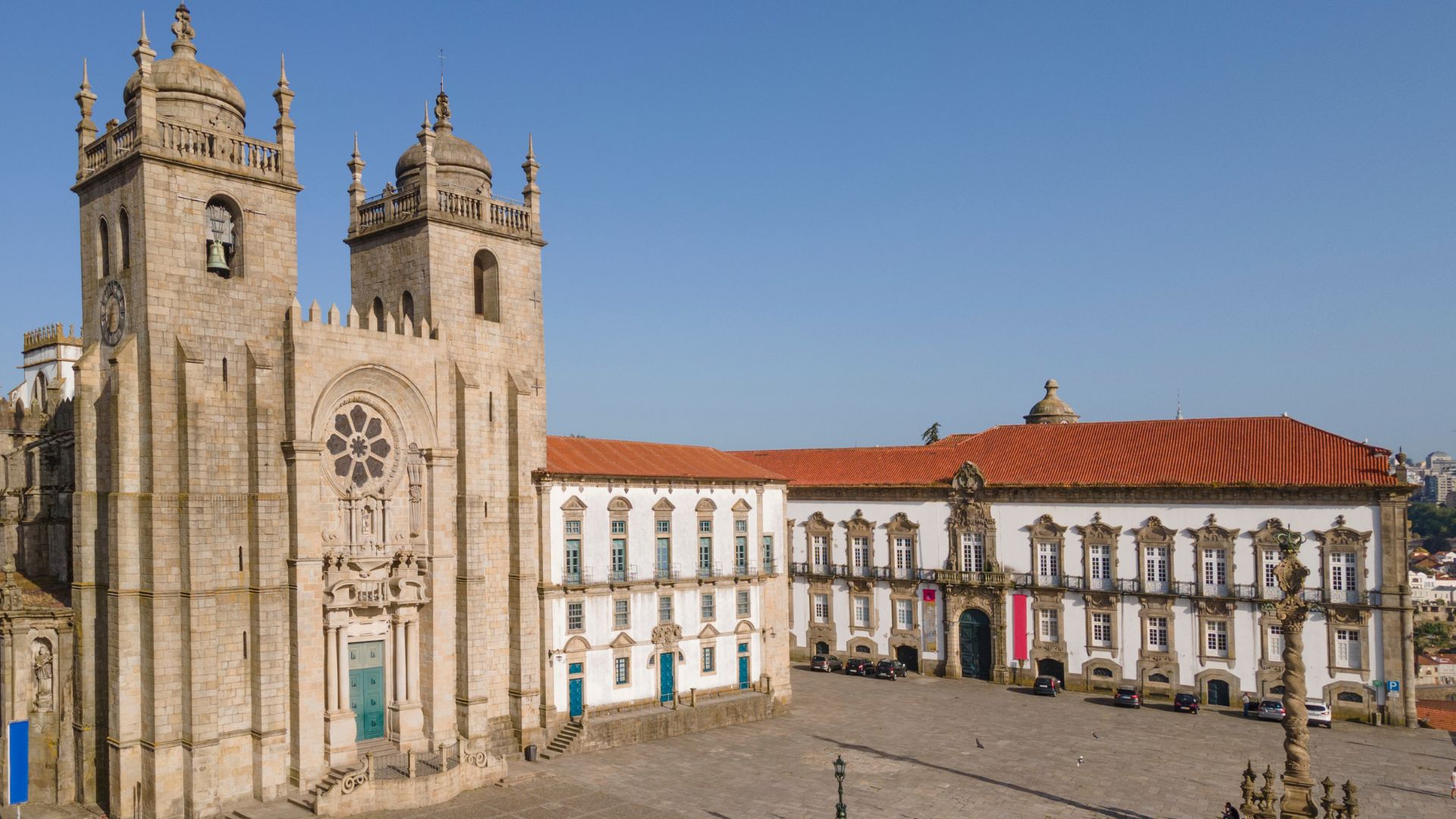
Guimarães and the Birthplace of Portugal
People call Guimarães the “cradle of Portugal,” and I get why.
The moment I stepped onto its cobblestone squares, I felt like I’d time-traveled.
The Castle of Guimarães rises with its tall granite walls and the well-known Torre de Menagem (Keep Tower), giving a glimpse into medieval life.
Climbing the tower, I imagined where Portugal’s first king, Afonso Henriques, might’ve once stood.
I wandered down Rua de Santa Maria and through the historic center, a UNESCO World Heritage Site.
Charming squares, old houses with wooden balconies, and cozy cafés all tell the story of this town’s huge role in Portuguese history.
If you’re curious about how a country is born, this place is a must-see.
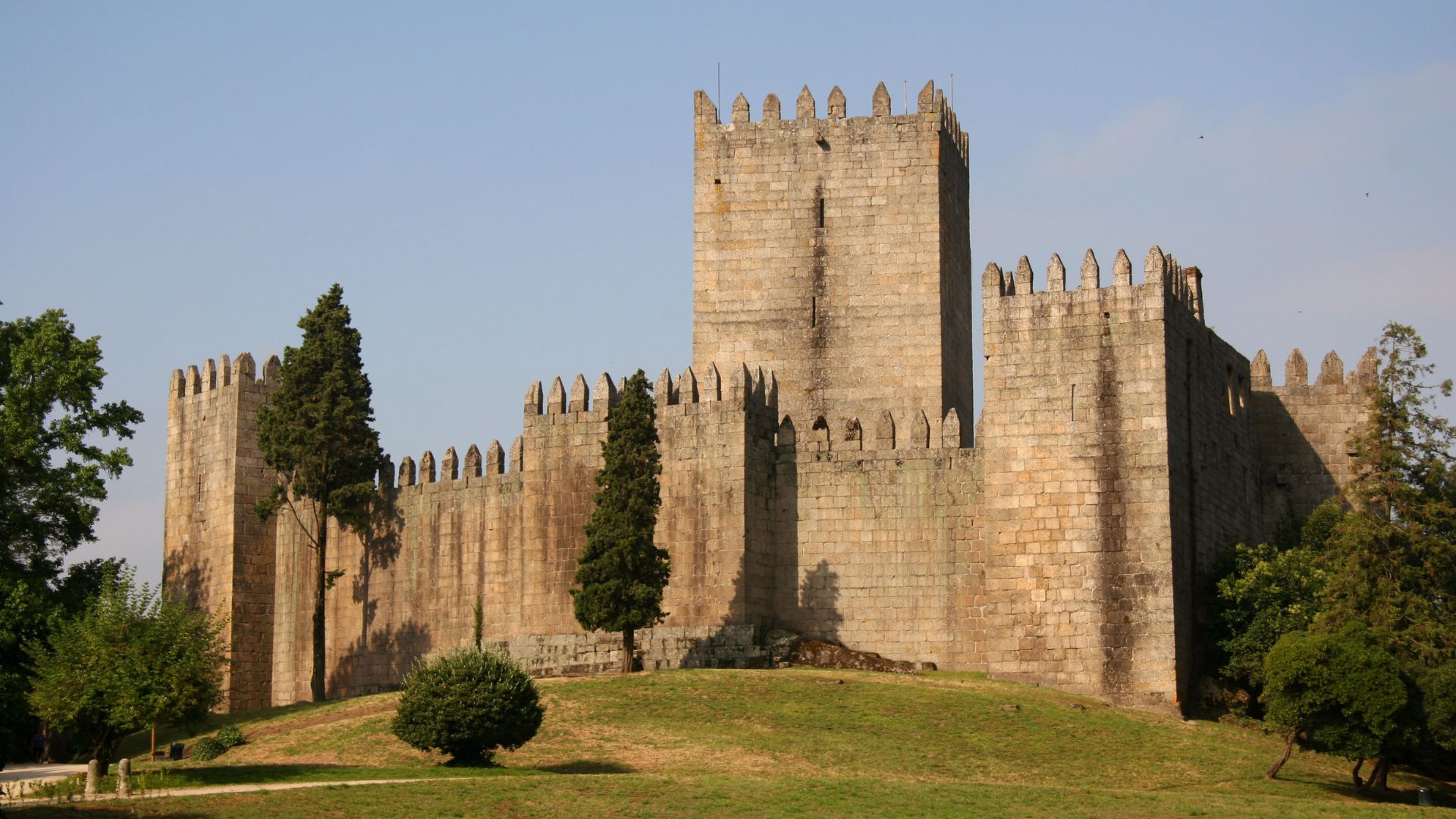
Braga’s Timeless Spirituality
Braga feels like it exists outside of time, with faith woven into every corner.
The city’s most famous landmark, the Sé de Braga (Braga Cathedral), is one of the oldest in Portugal.
I stood in awe of its Romanesque towers and the rich Baroque architecture inside, especially those gilded chapels.
A short bus ride took me to the Sanctuary of Bom Jesus do Monte.
The Baroque stairway climbs up a wooded hillside, lined with fountains and statues. At the top, the view over Braga is totally worth the climb.
Walking along Rua do Souto, I found lively shops and traditional bakeries—perfect for a quick coffee and pastry.
Braga’s spiritual roots run deep, but the city greets you with a warm, modern welcome.
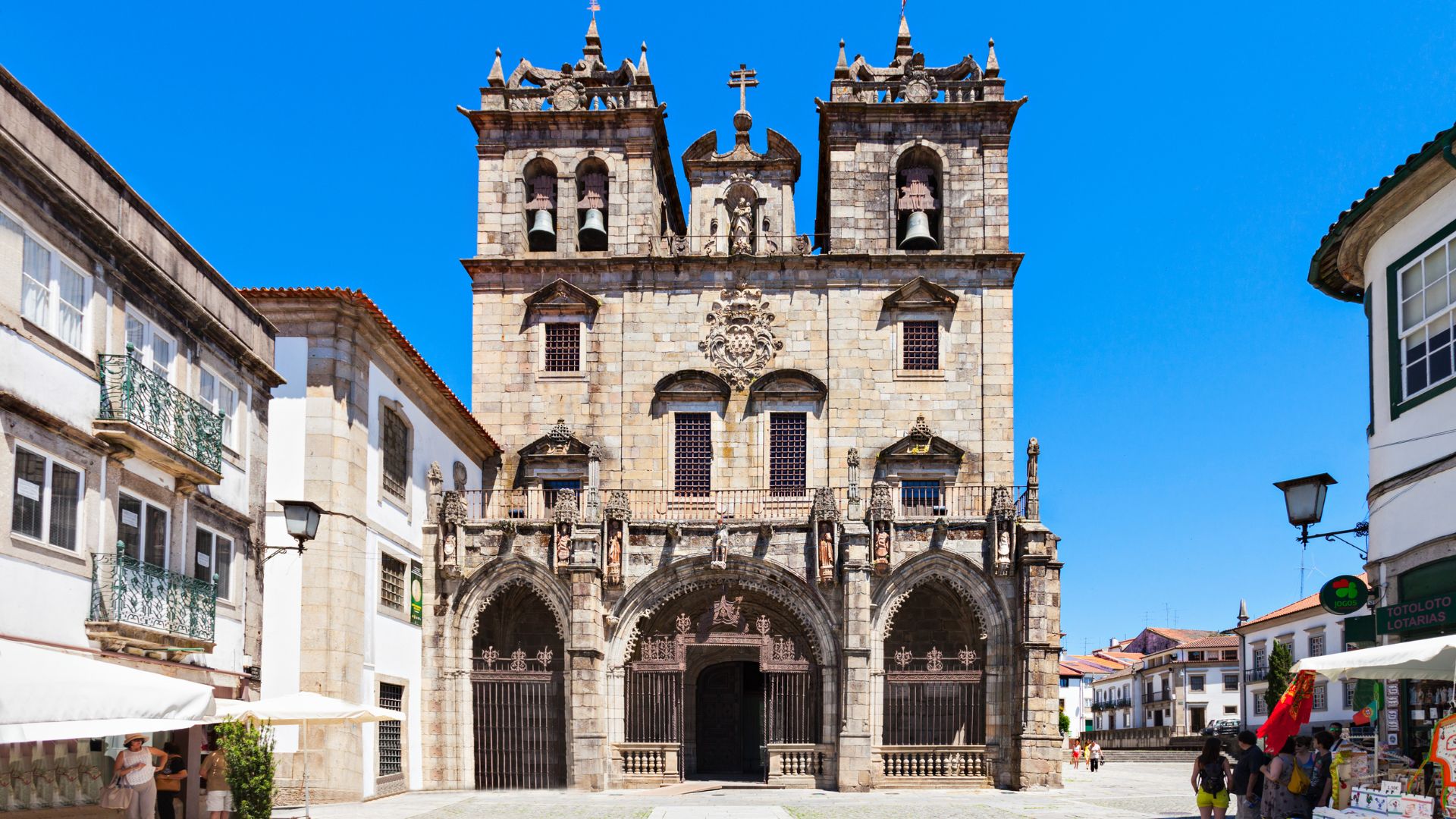
The Heart of Port Wine Country: Douro Valley Adventures
Seeing the Douro Valley for the first time felt almost unreal, with rolling vineyards and the Douro River threading through steep hills.
The region’s famous for its port wine, but there’s so much more—vineyard visits, tastings in old wine cellars, river cruises, and villages like Pinhão.
Unwinding in the Vineyards
Grapevines snake across sun-soaked slopes, each patch of land carved out over centuries.
I wandered through vineyards while locals explained how the Douro’s steep terrain shapes the taste of port wine.
As I walked between the vines, I noticed how tradition and innovation go hand in hand here.
Some quintas, like Quinta de la Rosa and Quinta do Crasto, stick to old methods, while others try out new techniques.
Autumn is magic with the harvest colors, but honestly, the valleys look stunning any time of year.
Here’s a tip: You don’t really need a car. Trains run from Porto to towns like Peso da Régua and Pinhão.
From there, guided tours make it easy to visit vineyards and taste the wines.
Port Wine Tasting Experiences
In the Douro, port wine tasting is more than sipping—it’s storytelling in a glass.
My visit to Quinta do Seixo stood out. The views are panoramic, and a guided walk through the wine cellar made it even better.
Tasting a tawny port while a winemaker explained the aging process turned wine tasting into a real history lesson.
Most of the region’s best ports mature along the river, with ancient wine cellars in Vila Nova de Gaia holding thousands of barrels.
Classic tastings usually include ruby, tawny, and vintage ports, often paired with dark chocolate or cheeses.
Many quintas need advance booking, but they welcome both newbies and experts.
The hosts are generous with samples and happy to answer any question, no matter how simple.
Cruising the Douro River
A river cruise really is one of the best ways to see the Douro Valley’s dramatic landscape.
I hopped on a traditional rabelo boat from Pinhão and drifted along calm waters, cliffs, and ancient terraced vineyards on both sides.
The view from the river feels different than any photo—just uninterrupted green slopes rising above the glassy water.
Cruises come in all lengths, from quick one-hour loops to full-day trips connecting key towns.
On board, guides share stories about the region and explain why the valley is a UNESCO World Heritage Site.
Watching the late afternoon sun glaze over the valley, I finally understood how the Douro’s beauty and heritage are tied together.
A boat ride slows everything down and shows why the river has always been at the heart of port wine.
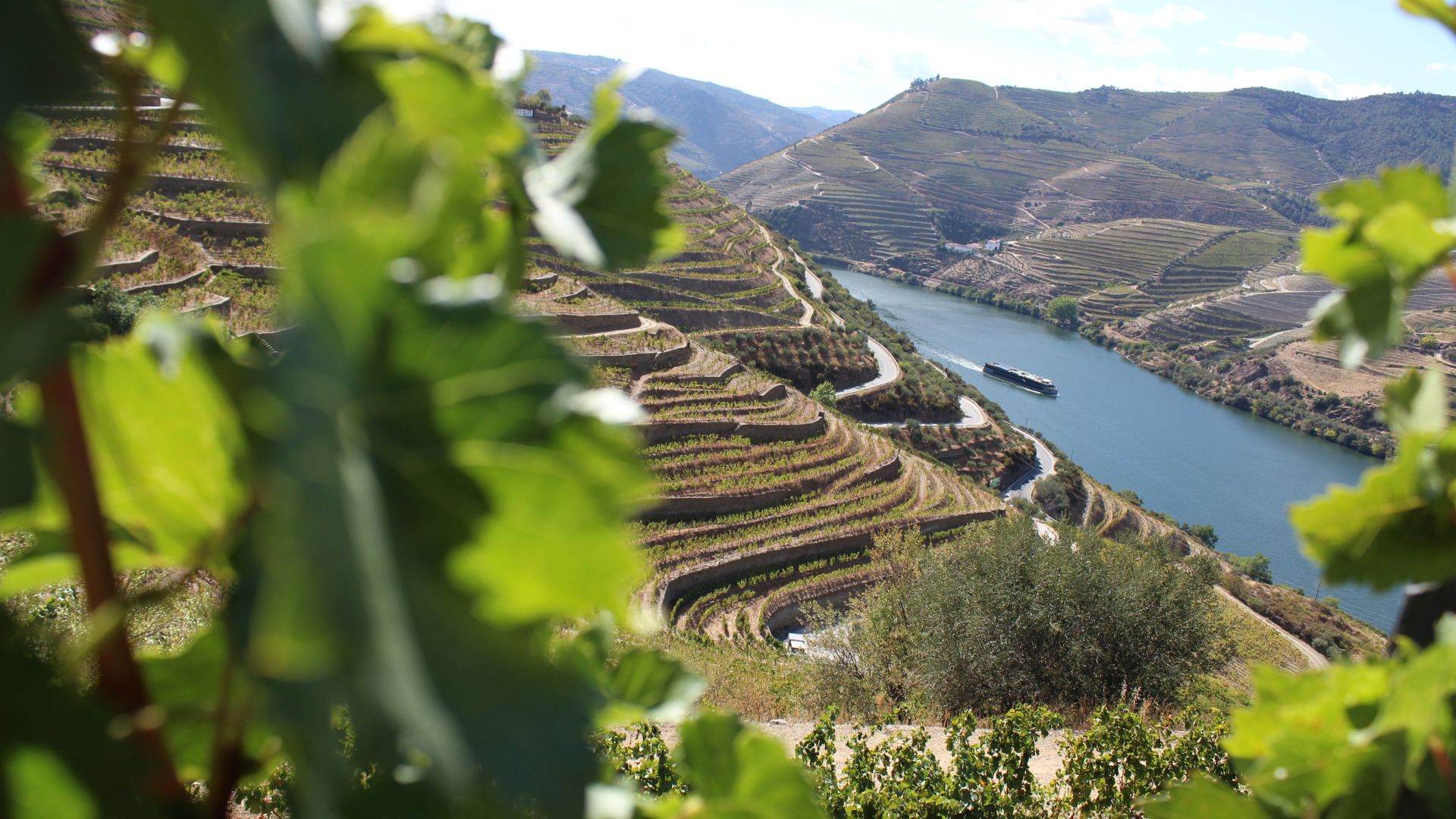
Storybook Villages and Quintas
Tiny towns like Pinhão sit right at the center of Douro life.
Pinhão’s tiled train station, covered in scenes of harvest and river life, is a highlight by itself.
I wandered narrow streets lined with cafes, souvenir shops, and wine bars—every spot offering a different view of the river.
Many quintas open their doors to visitors, offering tastings and sometimes even overnight stays.
At Quinta do Crasto, I sipped wine on a terrace perched high above the water.
Other estates, like Quinta de la Rosa, welcome guests for meals overlooking the vines.
What really stuck with me was the sense of hospitality in each village and estate.
Locals love sharing their history, from grape stomping at harvest to family winemaking stories.
Every stop felt like opening a new chapter of the Douro’s story—part living past, part vibrant present.
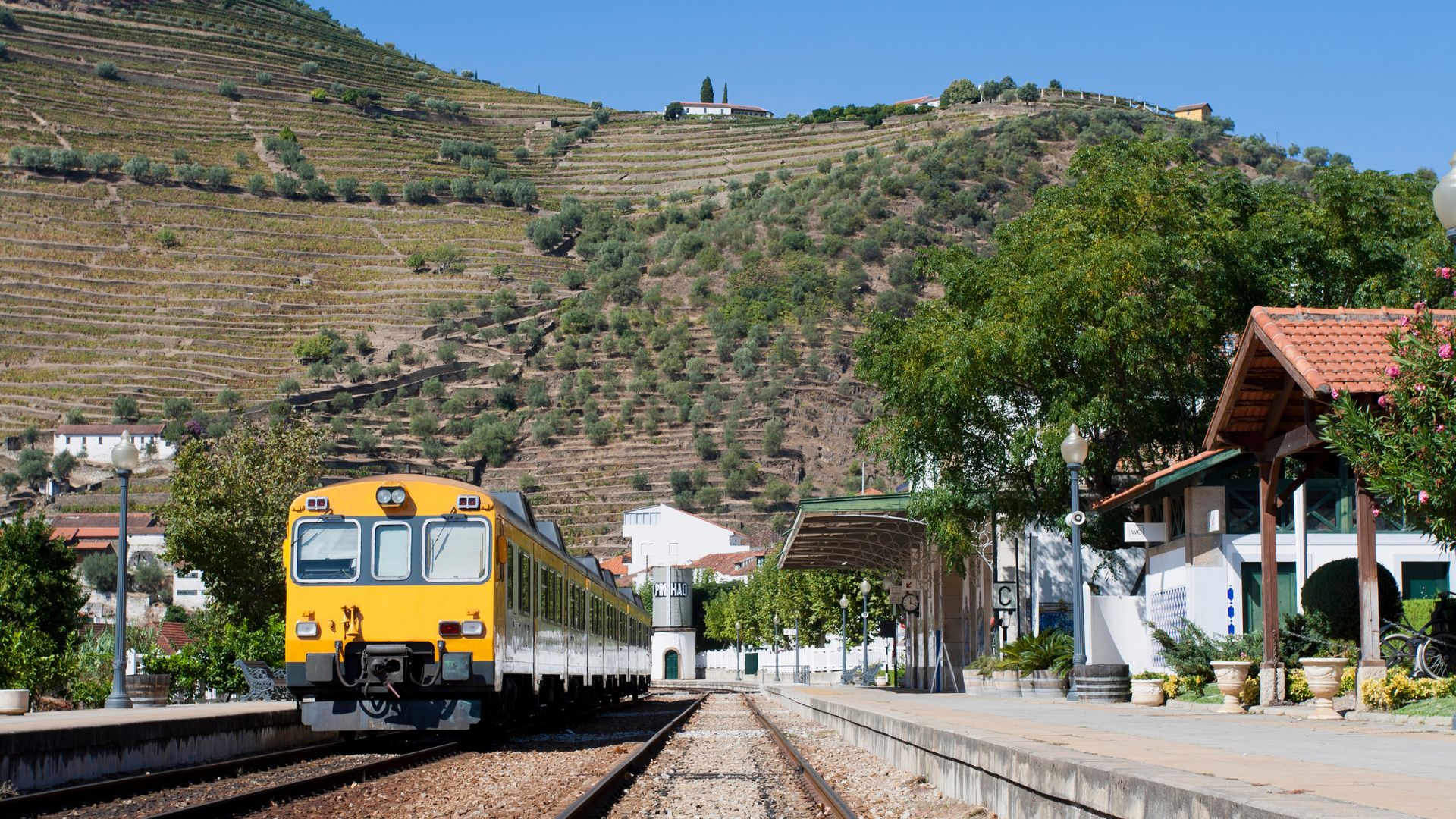
Echoes of Fado: Experiencing Portuguese Culture and Music
Walking through Porto at night, Fado music spills out onto the cobbled streets, mixing with the scent of grilled sardines and fresh bread.
Local markets and bookshops add their own melody, blending daily life with a sense of history and tradition.
Soulful Fado Shows in Porto
My first real Fado experience happened in a tiny, tucked-away bar in Porto’s historic center.
The singer’s haunting voice filled the room, backed by the gentle strumming of a Portuguese guitar.
Everyone sat in silence, locals and travelers alike, caught up in stories of longing and love—what the Portuguese call saudade.
Some of the best places to catch Fado in Porto are Casa da Mariquinhas and Casa da Guitarra.
Most shows start late, and it’s easy to sip a glass of local Port wine as the music wraps around you.
These venues keep tradition alive and help share Portugal’s culture with new generations.
Fado isn’t just music; it’s a way of expressing life’s bittersweet moments.
The lyrics often reflect everyday struggles, family, and home.
It connects everyone in the room, making for a night you won’t forget.
Regional Cuisine and Where to Savor It
You can’t visit Porto without trying its regional food.
One dish stands out everywhere—francesinhas. These sandwiches are loaded with cured meats and cheese, then drenched in spicy sauce.
Café Santiago is my favorite spot for one.
Seafood’s huge here too. Places like Adega São Nicolau serve up grilled sardines and fresh octopus, which go perfectly with crisp Vinho Verde or a deep glass of Port.
Meals in Porto always feel communal; long tables and friendly chatter set the mood, whether you’re in a restaurant or a buzzing taverna.
For dessert, I usually grab a creamy pastel de nata from a bakery by the river.
The blend of sweet and savory dishes in Porto comes straight from the land and sea, grounding each meal in regional history.

Markets, Bookshops, and Local Life
The Bolhão Market gives you a real taste of daily life in Porto.
Walking among the vegetable stalls and seafood counters, I chat with vendors about family recipes and local produce.
The atmosphere is lively, full of conversation and the rhythm of city life.
I always try to swing by Livraria Lello, a bookshop famous for its winding staircase and stained-glass skylight.
Book lovers, history fans, and even Harry Potter enthusiasts can lose themselves in its shelves.
The shop’s old-world charm makes you pause and just take it all in.
Exploring these places, I realized that culture in Porto isn’t locked away in museums.
It lives in the laughter at a corner café, the stories musicians share, and the pride vendors show in their work.
Every step pulls you deeper into the heart of North Portugal.
Immersed in Nature: From Rolling Hills to Waterfalls
Northern Portugal feels like a place where nature is always close by.
From the wild beauty of Peneda-Gerês National Park to green valleys and cascading waterfalls, I found adventure that goes way beyond city streets.
Exploring Peneda-Gerês National Park
Arriving at Parque Nacional da Peneda-Gerês, Portugal’s only national park, I immediately felt surrounded by something ancient and wild.
The landscape is a mix of rolling green hills, deep valleys, and dramatic granite peaks.
Oak and pine forests stretch in every direction.
Wild ponies roam quietly near Soajo, a tiny village famous for its old stone granaries.
Rivers and streams cut through the park, forming natural pools and waterfalls.
One morning, I stumbled on a group of hikers resting by a stream, feet dipped in icy water.
The air felt fresh and clean—you could almost taste the moss and wildflowers.
Birdsong followed me along the trails, with eagles soaring overhead.
A local map listed popular spots, but honestly, getting a little lost led me to the best views.
Parking was simple in most villages, and trails were marked by yellow and red paint on rocks.
Walking here gave me space to breathe, listen, and slow down.
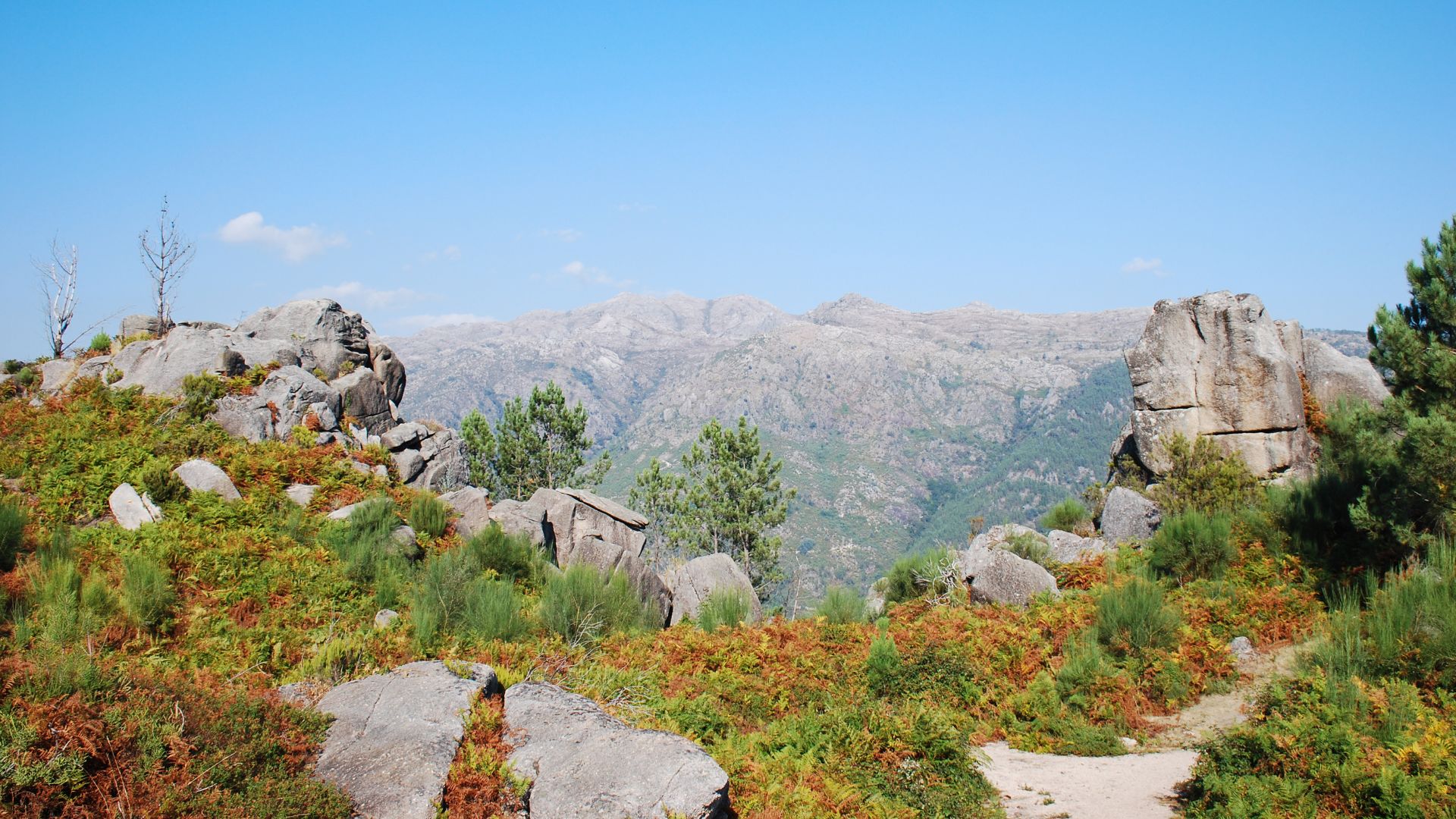
Hiking Hidden Trails and Waterfalls
I’ve spent some of my favorite moments hiking off the main routes. The paths twist past granite cliffs and wild meadows, then suddenly drop into misty forests.
The Costa Verde region, just outside Gerês, really surprised me with waterfall after waterfall. “Tahiti Waterfall” (Cascata do Tahiti) stands out the most in my mind.
Getting there meant scrambling down a rocky, popular path. When I finally reached the turquoise water, I felt like it was worth every awkward step.
I learned quickly to bring good shoes and extra socks. One slip on mossy rocks by a hidden stream taught me that lesson.
Locals shared tips about lesser-known falls, where water tumbles into pools so clear you can see every stone at the bottom. Even in the heat of summer, the water stays cold, but a quick dip feels like a reward after the hike.
Tip: Start early and bring a snack. Many trails wind through shade, but by midday the heat creeps in.
I always kept an offline map on my phone, since cell signal fades in the deep valleys.
Outdoors and Adventure Beyond the Cities
Adventure in northern Portugal isn’t just about hiking. I rented a mountain bike in Gerês and pedaled along quiet lanes bordered by wildflowers and old stone walls.
That change in pace and scenery still sticks with me. If you love cycling, you’ll find routes for all levels—some gentle, some with climbs that’ll test your legs.
Looking for something different, I tried SUP (stand-up paddleboarding) on a calm reservoir tucked between the hills. Birdwatchers have plenty to spot too—falcons, kites, and sometimes deer peeking from the woods.
Guided tours are available, but I found exploring solo peaceful and safe.
Every open space and trail here shows off northern Portugal’s wild beauty. Rivers, wind, and time have shaped this land, but it feels inviting, not intimidating.
Venturing outdoors gave me a new appreciation for the region and memories I still carry.
Travel Essentials: Getting Around Northern Portugal
Getting around northern Portugal means choosing what fits your style, budget, and sense of adventure. You can hop on winding train routes, take easy bus rides, or go for the freedom of your own rental car.
This region makes it simple to explore ancient towns, river valleys, and coastal roads.
Public Transport: Trains, Buses, and River Cruises
Public transport made my journey stress-free and, honestly, more fun than I expected. The train network links major cities like Porto, Braga, and Guimarães, plus some smaller villages.
Trains are usually clean, affordable, and easy to figure out. I bought tickets at the station or online, which saved me time.
If my destination wasn’t on the railway map, regional buses filled in the gaps. Buses connect most towns and can get you close to hidden spots like Amarante or Ponte de Lima.
I learned to ask locals about the best routes—sometimes the bus station hides behind a corner café.
One highlight was the Douro River cruise. Gliding past terraced vineyards and stopping in small villages felt like something out of a storybook.
These cruises leave from Porto and let you experience the wine country from a totally new angle. If you have the time, try at least one short boat ride—it’s a great way to soak in the valley’s charm.
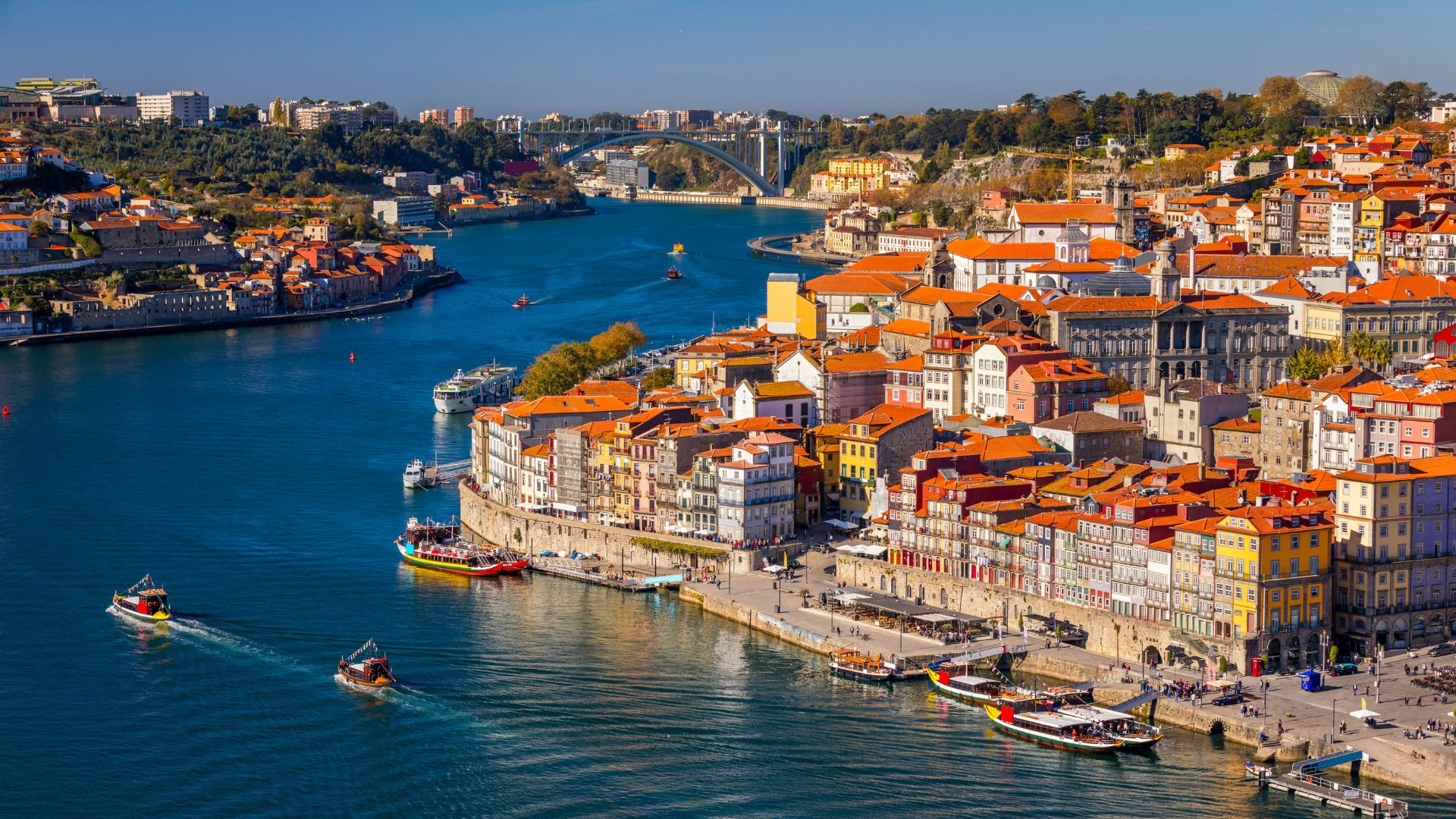
The Perks of Renting a Car
Renting a car in the north completely changed how I explored. Major rental agencies at Porto Airport made pick-up quick and easy.
With a car, I set my own pace—stopping at scenic overlooks or detouring into tiny villages that buses never reach.
Driving in northern Portugal isn’t difficult, but I paid close attention on those narrow rural roads. Parking is usually simple in small towns, but in Porto’s center it can get a bit tight.
If you’re up for a road trip, you’ll love the freedom to see places like Peneda-Gerês National Park or the Douro Valley’s remote wine estates.
I liked being able to change plans if rain rolled in. Here’s what helped me most:
| Tip | Why It Matters |
|---|---|
| Book in advance | Best deals & car choice |
| Use GPS or offline maps | Country roads can be tricky |
| Check for toll roads | Bring coins or get a toll pass |
Affordable Travel Tips and Itineraries
I’ve always looked for affordable ways to travel, and honestly, it starts with planning ahead. Whenever I expected to make several stops in one day, I grabbed a regional rail pass—way cheaper than buying single tickets every time.
Sometimes I’d check bus prices, too. Some routes surprised me and cost even less than the train.
If you’re heading north, you’ll usually find cheaper places to stay than in Lisbon or the Algarve. I liked spending the night in smaller towns; it broke up the trip and saved me the hassle (and money) of heading back to Porto.
For meals, local bakeries or tiny restaurants became my go-to spots. Their daily menus? Tasty and friendly on the wallet.
Here’s a quick sample itinerary if you want to spend three days in northern Portugal:
- Day 1: Wander around Porto—check out the riverside, sip at port wine cellars, maybe catch some Fado at a café.
- Day 2: Take a train or drive to Guimarães and Braga. Their historic centers are worth a stroll.
- Day 3: Head out through the Douro Valley. You could hop on a river cruise or stop by a vineyard.
If you plan just a little, you’ll probably end up seeing more for less. Isn’t that the dream?
